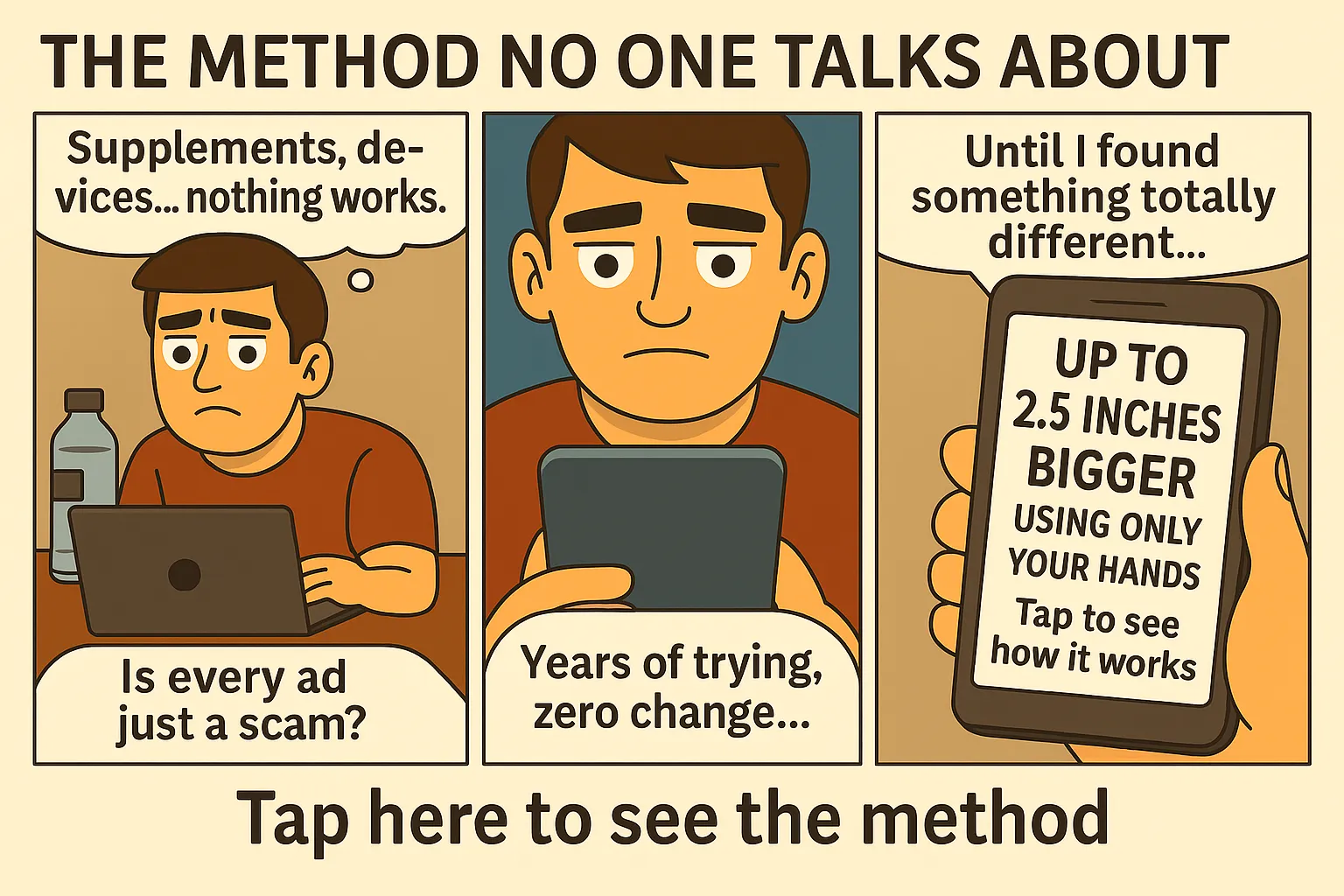Master Your Day by Syncing With the Testosterone Clock
Most men live disconnected from their biological rhythm — pushing through exhaustion, skipping meals, ignoring sleep cycles. But nature designed a powerful internal clock, and aligning your routines with it unlocks serious performance. Welcome to the science of hormonal rhythm for men — where timing is everything.
What Is Hormonal Rhythm for Men?
Hormonal rhythm refers to the natural fluctuation of hormones like testosterone, cortisol, and melatonin throughout the day. These hormones don’t operate at random — they follow a biological timeline. Aligning your training, sleep, nutrition, and productivity with this rhythm can radically boost energy, muscle growth, libido, and focus.
The Daily Hormonal Cycle Explained
- 6–9 AM: Testosterone and cortisol peak — ideal for intense training, deep work, and physical challenges.
- 10 AM–1 PM: Focus and alertness remain high — great for strategic tasks and decision-making.
- 2–4 PM: Natural dip in energy — time for lighter tasks or active recovery.
- 5–8 PM: Second wind — moderate training or creative work fits well here.
- 9–11 PM: Melatonin rises — body preps for deep recovery and hormone synthesis during sleep.
Why Most Men Ignore Their Biological Timing
Modern life overrides ancient instincts. Screens, artificial light, chaotic schedules, and caffeine abuse disrupt the body’s natural hormone rhythm. The result? Burnout, low testosterone, poor sleep, and mental fog. Recalibrating your lifestyle to your natural hormonal rhythm for men changes everything.
Signs Your Hormonal Rhythm Is Off
- Waking up tired despite 7–8 hours of sleep
- Midday crashes and irritability
- Low libido or inconsistent erections
- Difficulty building muscle or losing fat
- Poor focus and memory
Morning Routines That Align With Hormonal Peaks
Morning is the most anabolic window of the day. Use it.
- Wake up at consistent times — ideally at sunrise
- Expose your eyes to natural light within 30 minutes of waking
- Do fasted movement (walks, stretches, or heavy lifts)
- Delay caffeine until 60–90 minutes after waking to support cortisol rhythm
- Eat a protein-rich breakfast to fuel metabolism
Why Syncing Morning Training Matters
Testosterone is highest early in the day. Training in this window amplifies its benefits, boosting strength, drive, and focus for the entire day. Late-night workouts, by contrast, may disrupt melatonin and compromise recovery.
Evening Strategies to Maximize Recovery
Nighttime is when the real hormonal magic happens — if you allow it. Melatonin triggers deep sleep, which restores testosterone and growth hormone. Disrupt this, and you’re sabotaging your masculinity.
Optimize Your Environment
- Kill all overhead lights after sunset — use red or amber bulbs
- Avoid screens or use blue light blockers
- Cool your bedroom to 18–20°C
- Use blackout curtains and zero electronics near your bed
- Be asleep before 11 PM to enter the deepest recovery phase
Daytime Rhythm: Not Just Sleep and Wake
What you eat, when you move, and how you breathe during the day all affect hormonal balance. Stress management and strategic meal timing are crucial components of a well-synced hormonal life.
Sync Nutrition With Energy Demands
Eat most of your carbs post-training, and focus on protein and fats in the morning. Avoid late-night meals, as they interfere with testosterone and growth hormone release.
Training Timing and Hormonal Impact
Train With, Not Against, Your Hormones
Early training aligns with peak testosterone and cortisol, boosting strength, aggression, and performance. Afternoon sessions can work too, especially for hypertrophy, but training after 8 PM may disrupt recovery hormones. Choose your training window based on your goals and lifestyle — but stay consistent.
Active Recovery and Stress Hormones
Midday walks, yoga, or stretching calm cortisol and activate the parasympathetic system. This helps counteract work-related stress and maintains your hormonal balance throughout the day.
How WiFi and Environment Disrupt Hormonal Rhythm
External stressors like EMFs and clutter increase oxidative stress and interfere with testosterone production. Explore how WiFi testosterone interference and messy environments impact your endocrine system and implement shielding strategies now.
Why You Should Rethink Nighttime Tech
Devices emit not only light but EMFs — both of which suppress melatonin and disrupt sleep architecture. That leads to lower testosterone and poorer recovery, even if you’re technically “in bed” for 8 hours.
Biohacks to Support Hormonal Synchronization
- Sunlight exposure: Boosts vitamin D, testosterone, and circadian alignment
- Cold showers: Stimulate dopamine, testosterone, and resilience
- Breathwork: Reduces cortisol, enhances oxygen delivery, improves mental focus
- Grounding: Balances cortisol and reduces inflammation
- Meal timing: Avoid late-night eating, front-load protein
Why Fasting Supports Rhythm
Strategic intermittent fasting keeps insulin low during early hours and supports testosterone. Eating in an 8–10 hour window reinforces circadian signals and improves sleep and hormonal output.
Routines vs. Randomness: Masculinity Demands Structure
Masculinity thrives on order. A man with rhythm, routine, and structure radiates strength — physically and psychologically. Scattered habits lead to scattered hormones. Consistency isn’t just discipline — it’s hormonal mastery.
Even Your Thoughts Have a Rhythm
Daily journaling, meditation, or goal setting in the morning aligns your mental state with hormonal surges. This primes you to act with clarity and purpose — not chaos.
Weekly Rhythm: The Bigger Hormonal Picture
Cycling Intensity for Maximum Gains
Just as hormones cycle daily, they also fluctuate weekly. A powerful longevity tactic is to rotate training intensity — heavy early-week sessions when testosterone is peaking, deload or recovery midweek, then metabolic finishers on weekends.
Sexual Rhythm and Performance
Libido and erections aren’t random. They’re directly tied to sleep, recovery, stress, and lifestyle. Sexual performance can be optimized by syncing intimacy to days of peak energy — usually mid-morning or after full rest days.
Lifestyle Design That Supports Hormonal Harmony
The modern world doesn’t care about your hormones — but you should. Design your environment and schedule to support rhythm:
- Morning: train, create, decide
- Midday: eat, recover, hydrate
- Evening: unplug, wind down, reconnect
- Weekends: restore, reflect, realign
Habit Stacking and Anchoring
Link habits to natural hormonal surges. Example: do journaling after sunlight exposure. Take supplements post-training. Meditate after dinner. This builds rhythm with minimal willpower.
Hormonal Mistakes Most Men Make
- Training too late at night: Spikes cortisol and delays sleep
- Skipping breakfast after fasting: Misses the chance to break fast with testosterone-friendly macros
- Using screens in bed: Kills melatonin, wrecks recovery
- Ignoring stress: Chronic cortisol = low T
- No routine: Leads to hormonal chaos
5 Myths About Hormonal Rhythm for Men
Myth 1: “Only Women Have Hormonal Cycles”
False. Men have daily cycles — especially testosterone — that affect mood, energy, and drive. Syncing to these is a performance unlock.
Myth 2: “It Doesn’t Matter When I Train”
Timing affects results. Morning training aligns with peak hormones. Random timing = inconsistent results.
Myth 3: “Caffeine Helps Me Focus Anytime”
Misused caffeine disrupts cortisol rhythm. Delay it until 60–90 min after waking to support hormonal flow naturally.
Myth 4: “Late-night Snacks Help Me Sleep”
Wrong. They spike insulin and interrupt growth hormone secretion. Cut food 2–3 hours before bed for deeper rest.
Myth 5: “I’ll Sleep When I’m Dead”
Lack of sleep kills testosterone. Without deep sleep, your body can’t restore hormones — or masculine edge.
Take the guesswork out of your hormonal performance — follow the full system here and become the most dialed-in version of yourself.
Checklist: Align Your Life With Your Hormonal Rhythm
- ☑ Wake up and sleep at consistent times
- ☑ Train early or mid-afternoon — avoid late sessions
- ☑ Delay caffeine 60–90 minutes after waking
- ☑ Break your fast with protein and fats
- ☑ Use red or dim lights after sunset
- ☑ No food or screens 2 hours before bed
- ☑ Journal or plan the next day before sleep
- ☑ Block blue light with filters or glasses
- ☑ Use weekends for recalibration and reflection
Example: A Day in Hormonal Harmony
6:30 AM
Wake, hydrate, sunlight, breathwork
7:30 AM
Train heavy (strength or HIIT)
9:00 AM
Protein + fat breakfast, light journaling
12:30 PM
Midday meal, walk outdoors, unplug
3:00 PM
Work block, caffeine if needed
6:30 PM
Light meal (protein, veggies, carbs if trained)
8:00 PM
Stretch, unplug, red light, read
10:00 PM
Sleep — dark, cold, quiet room
Final Thoughts: Own Your Rhythm, Own Your Results
Hormonal rhythm for men isn’t a theory — it’s the natural operating system of your body. Align with it, and everything improves: energy, sex drive, muscle, mindset, and mood. Go against it, and you’ll keep fighting uphill battles.
📊 Hormonal Chaos vs. Hormonal Synchronization
| Aspect | Unsynced Routine | Synced Hormonal Rhythm |
|---|---|---|
| Morning Energy | Sluggish, unfocused | Sharp, driven |
| Testosterone Levels | Inconsistent, low | Stable or optimized |
| Productivity | Erratic, unmotivated | Consistent flow and focus |
| Sleep Quality | Disrupted, shallow | Deep, regenerative |
| Sexual Performance | Declining | Reliable and strong |
Recommended Add-Ons for Deeper Results
If you’ve already optimized the basics, consider tracking sleep with an Oura ring or Whoop band, using red light panels in the morning, or adding nasal breathing drills to regulate cortisol. Each tool reinforces your hormonal rhythm and increases consistency.
Small Wins, Big Results
Even tiny changes — like delaying caffeine or cutting screens at night — ripple into major shifts in hormonal balance. Start small. Stack wins. Watch your energy, sex drive, and performance return with force.
You’re not broken — you’re just misaligned. Start syncing now and unlock your masculine rhythm.
❓FAQs About Hormonal Rhythm
Why does syncing my schedule with hormone peaks matter?
Because your body runs on a clock. Doing the right things at the wrong time (like training late or eating after midnight) disrupts your hormonal signals and reduces performance across the board.
How long does it take to feel results from syncing with my rhythm?
Most men feel better within a week: better sleep, stable energy, stronger erections. But the full benefits — hormonal balance, focus, performance — compound over 3–6 weeks of consistent routine.
 Image representing: Hormonal Rhythm for Men: Unlock Peak Performance Daily and male power – via supremepenis.com
Image representing: Hormonal Rhythm for Men: Unlock Peak Performance Daily and male power – via supremepenis.com







